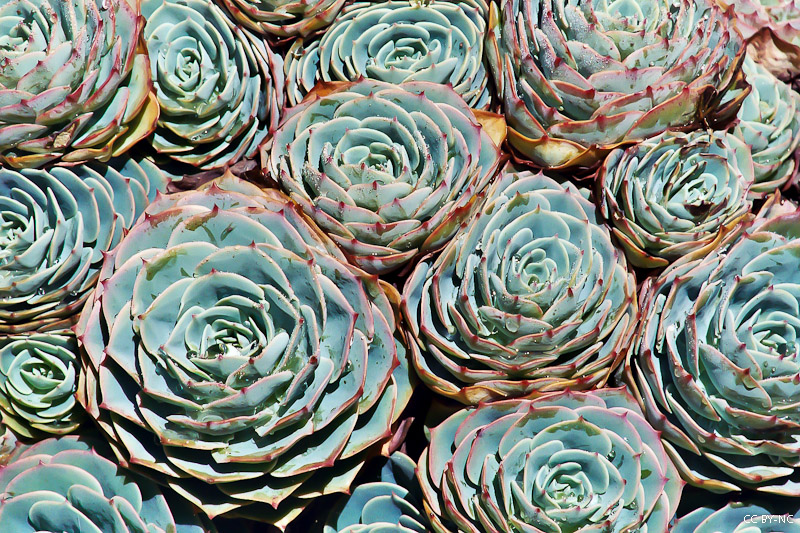What Types of Costa Rica Flora can Ecotourists See?
Much of the superabundance of Costa Rica flora, which covers the land in a thick layer of almost incredibly intense emerald vegetation that billows from the margins of the ocean inland to the cloud forests clinging to the summits of the nation’s volcanoes, is some variety of wet forest. Lying full in the Neotropics, Costa Rica is subject to massive rainfall annually, which is the reason that so many living treasures await ecotourists here. However, this also means that most terrain types are moist.
Nevertheless, there are around a dozen different types of habitat that you can enjoy during your trip to this ecological paradise. The remarkable diversity of Costa Rica extends to types of terrain and plant growth as well. Coastal areas, riversides, low forests, montane cloud forests, dry forests, and even a few grasslands form a densely crowded range of habitats that ensure an even greater variety of flora and fauna throughout the country. Most types are variants on forests, however.
What Costa Rica Flora is Found in the Coastal Mangrove Swamps?
The tidal mangrove swamps offer an unusual look at the adaptability of Costa Rica flora, and may perhaps be less crowded with other tourists than other environments. Raising their wooden knees above the waters, the mangroves crowd down to the shore on both the Atlantic and Pacific coasts, putting these coastal environments within visiting distance regardless of where you stay in the country.
Visiting the tidal mangroves of Costa Rica is probably best accomplished in a boat, unless you are enamored of wading through miles of muck to reach the place you want to view. There are at least five species of mangrove growing here, as well as buttonwood, creating a labyrinth of waterways that are the habitat for numerous animal species as well as a refuge where other plants can grow on the mangrove islands.
The combination of stilt-rooted mangroves and blue tropical waters are obviously the largest attraction of this habitat, but there are also immense feathery palm fronds sweeping the water, occasionally flowers in the correct season. The variety of plants is not as high here as in other Costa Rican habitats, but traveling through the peaceful channels and green banks of foliage that make up the mangrove tidal zone is an unforgettable experience for any ecotourist.
What Part of Costa Rica Flora Grows in Tropical Dry Forests?
Finding a dry area in Costa Rica sometimes seems like an impossible task, given the high rainfall that its equatorial location and topography generate, but there are actually a few tropical dry forests in the nation which repay an ecotourist who visits them with an unusual glimpse of Costa Rica’s flora in another mode.
The best time to visit these tropical dry forests is during the dry season, which lasts from November through March. Numerous poro trees and meadow oaks grow in this forest habitat, and the dry season triggers their blossoming on a massive scale. The brilliant floral displays make a pleasant winter vacation from the snow, ice, and grey skies of the northern hemisphere in any case. The flower hues tend towards whites, pinks, and purples.
The canopy of the forest is relatively low, at around forty to fifty feet, making expeditions to the canopy (if you enjoy climbing to get a view) more forgiving than in the rainforests, where trees tower up a hundred feet or more towards the sky. The canopy is not as dense here, either, permitting enough sunlight through to produce a robust understory of spiny bushes and trees that possess an alien, sharp-thorned beauty of their own.
Those visiting the northern portion of Costa Rica will be in the closest proximity to the dry forests. There are six major national parks in this region that include this biome, including Barra Honda, Carara, Guanacaste, Lomas Barbadul, Palo Verde, and Santa Rosa. Birds and insects migrate seasonally between these habitats and the rainforests, while permanent residents include jaguars and peccaries.
What do the Rain Forests and Cloud Forests Include of Costa Rica’s Flora?
For true abundance of plant life, spilling over the land in a rustling green tsunami dripping with the rain of tropical thunderstorms and gleaming with colorful bromeliads in the equatorial sunlight, you can turn to the rainforests and cloud forests in the dozens of national parks that protect this type of ecosystem. The trees themselves, rising in a varied canopy to heights of 100 feet or more, are a major attraction in themselves, forming a cathedral-like habitat you can walk through.
The rainforests have much more Costa Rica flora to offer than just the trees, however. Some 800 species of ferns spread their fronds in the moist shade, making your walk through the jungle more pleasant.
There are 2,000 species of bromeliads here as well. No visit to Costa Rica would be complete without a look at these flowers, which are both brilliant and perform an unusual, vital function by cupping small pools of water where colorful tropical frogs breed. Hundreds of species of orchids bloom in the correct season in Costa Rica, and you will discover plants ranging from flowers that attract amazing tropical butterflies and hummingbirds to the Cecropia trees whose hollow trunks house fierce colonies of Aztec ants.



